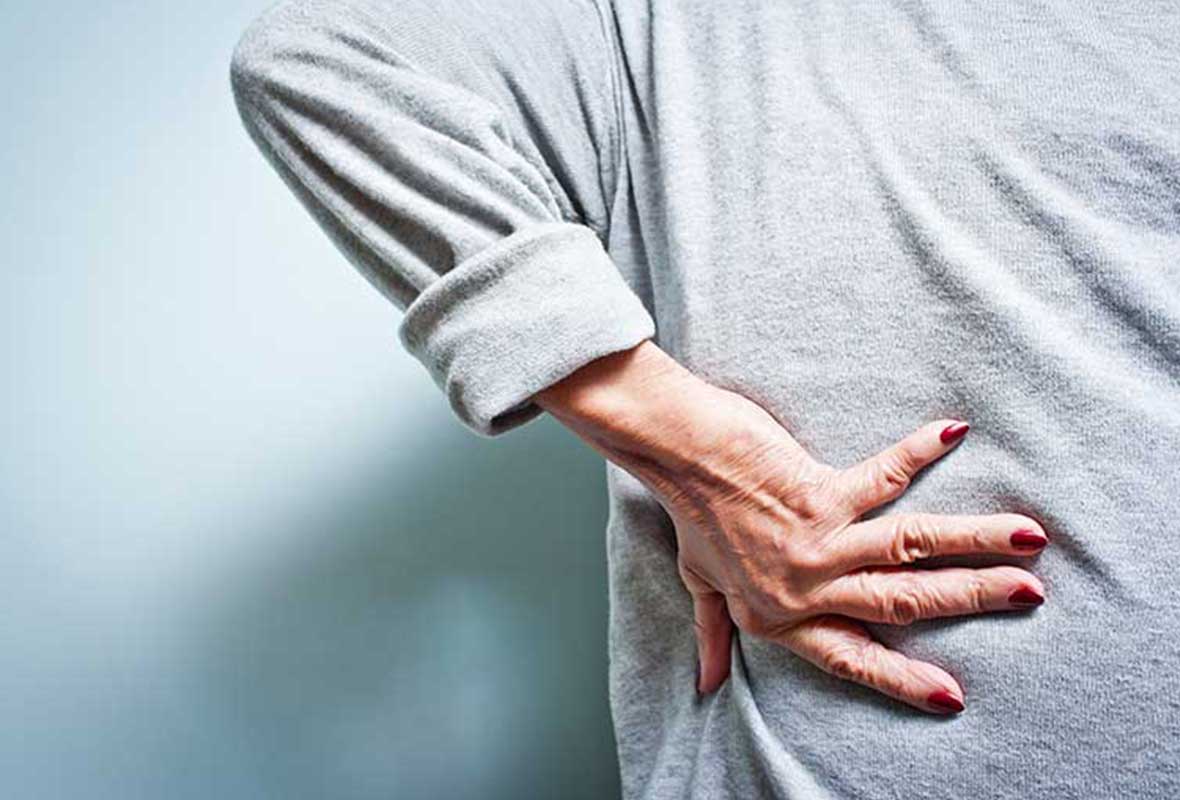
Why back pain increases with age
The number one cause of back pain is age, with normal wear and tear occurring over time. Learn the most common sympthoms and causes of back pain.
Nearly all of us will experience back pain as we age. Back page may be caused and aggravated by many lifestyles we make or face, such as poor posture, injury, diet, smoking or other health conditions. However the number one cause of back pain is age, with normal wear and tear occurring over time. Increased back pain with age can differ from person to person. The pain may be mild or it can be so severe that you cannot comfortably move. Symptoms may include; dull aching pain, sharp pain, tingling or a burning sensation or weakness in your legs or feet.
Back pain can start at any age, but is most likely to occur between ages 30-40. According to the New Zealand Burden of Disease Study, back problems are also common among those aged 65-79, affecting around 20% of the population suffering from a back condition. Tamer Sabet, a specialist Musculoskeletal Physiotherapist based in Australia says: “The prevalence of back pain reaches a peak by middle age, between the age of 55 to 65 years old, and gradually declines in the senior years.”
Individuals over the age of 60 are more likely to suffer from pain related to degeneration of the joints of the spine. Sometimes your muscles lose elasticity over time, your bones lose strength, and your spine loses cushioning as you age, which in turn leads to lower back pain.
Medical conditions such as arthritis, osteoporosis, viral infections, and other diseases can further contribute to the pain.
Highly-respected US chiropractor Robin Lustig says: “Your spine consists of individual bones called vertebrae, which are stacked one on top of the other. Between each vertebra are small joints that allow your spine to move and discs with jelly-like centres that act as shock absorbers and prevent your bones from rubbing against each other.
“As we age the discs between the vertebrae wear away and shrink, which causes pain and stiffness as the bones start to rub against each other. In addition, the space around your spinal cord narrows over time. This condition, known as spinal stenosis, also puts pressure on the cord and spinal nerves, causing pain,” says Lustig.




